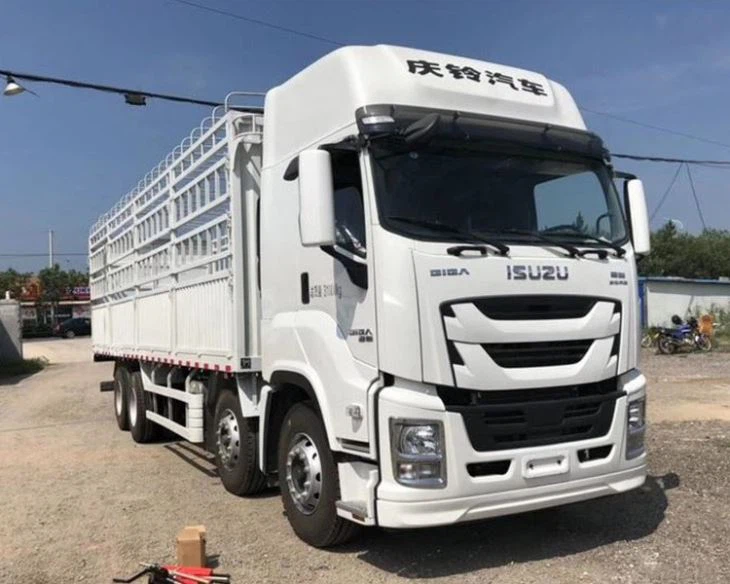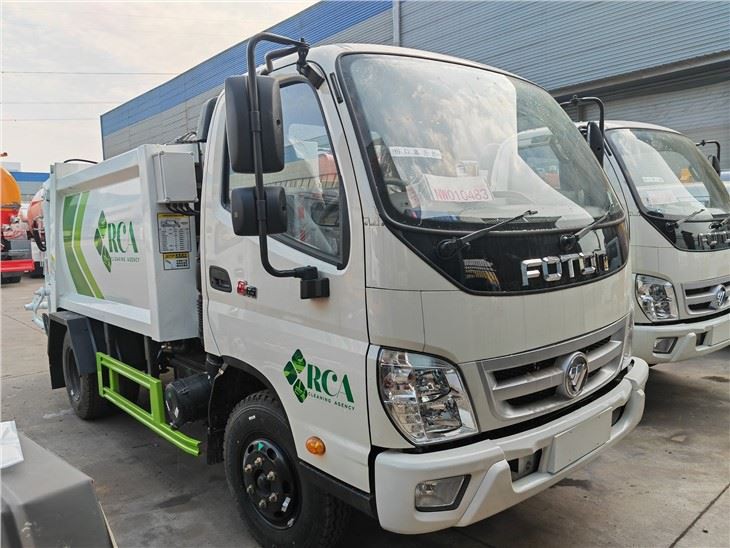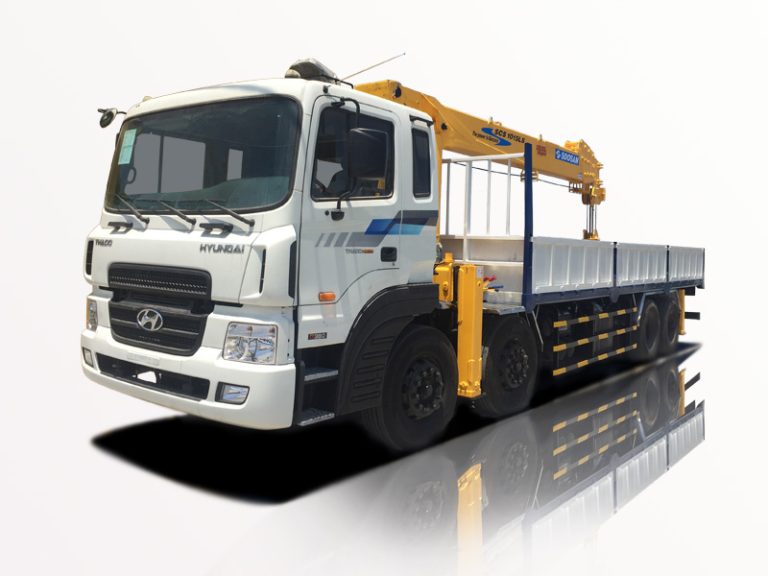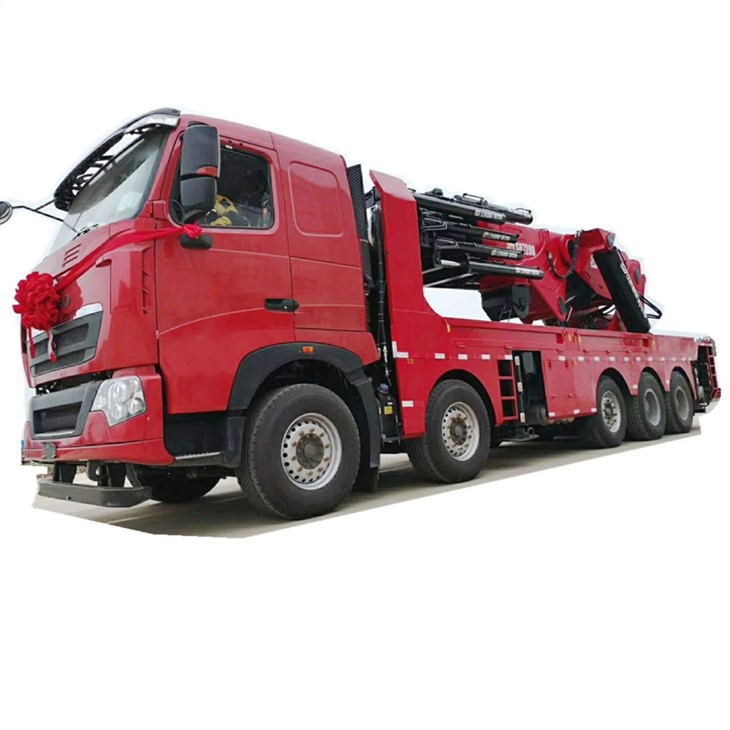Introduction
When it comes to lifting and moving vehicles, cranes play a crucial role in various industries such as automotive repair, construction, and even tow services. A crane for cars not only facilitates heavy lifting but also ensures safety and efficiency in operations. Whether you’re a mechanic in an auto shop or a DIY enthusiast looking to lift your car for maintenance, understanding the different types of cranes, their functions, and their applications is essential. In this article, we will delve into the types, features, and practical usage of cranes for cars, ensuring you have all the information you need to make informed decisions.
1. Types of Cranes for Cars
1.1 Mobile Cranes
Mobile cranes are versatile and can be moved easily from one location to another. They are equipped with a telescopic boom that allows for precise maneuvering.
1.2 Overhead Cranes
Overhead cranes are fixed in place and feature a beam from which a hoist is suspended. They are perfect for workshops since they can lift vehicles without the need for moving them.
1.3 Hydraulic Lift Cranes
Hydraulic lift cranes use fluid pressure to lift heavy loads. They are ideal for lifting cars for maintenance and are commonly used in auto workshops.
1.4 Engine Hoists
Engine hoists are specialized cranes designed for lifting engines out of vehicles. They are usually compact and can easily fit in a garage environment.
1.5 Tow Cranes
Used primarily for towing vehicles, these cranes have a unique design that allows them to lift and tow cars that are immobilized or involved in accidents.
2. Key Features of Cranes for Cars
2.1 Load Capacity
The load capacity of a crane determines the maximum weight it can handle. Ensure the crane you choose can safely lift your vehicle’s weight.
2.2 Boom Length
Longer booms provide greater reach, which is particularly important in workshops with limited space. Consider your workspace before selecting a crane.
2.3 Stability and Base Design
A stable base is crucial for safety. Look for cranes with a wide base or outriggers to enhance stability during operation.
2.4 Portability
If you plan to move the crane frequently, consider its weight and portability features, such as wheels or collapsibility.
2.5 Ease of Use
User-friendly controls and features will make operations smoother. Look for cranes with intuitive designs, like hydraulic systems that are easy to operate.
3. Applications of Cranes in Automotive Work
3.1 Repairs and Maintenance
Cranes are essential for lifting vehicles during repairs, allowing mechanics to access undercarriage components easily.
| Type of Repair | Recommended Crane |
|---|---|
| Oil Changes | Hydraulic Lift Crane |
| Transmission Repairs | Engine Hoist |
| Body Work | Mobile Crane |
3.2 Automotive Engineering and Manufacturing
Cranes in manufacturing help in the assembly of vehicles, enabling the lifting of heavy parts efficiently during the production process.
3.3 Towing Services
Tow cranes assist in rescues, allowing tow companies to safely remove stranded vehicles from the roadside.
4. Selecting the Right Crane for Your Needs
4.1 Assessing Your Requirements
Determine what type of jobs you will perform with the crane. This includes understanding the load capacity, height requirements, and how often you will need to move the crane.
4.2 Comparing Brands and Models
Different brands offer various features and reliability. Researching and comparing multiple models can lead to a better purchase decision.
4.3 Considering Budget Constraints
Set a budget before beginning your search. Ensure to balance between quality and cost, as the cheapest option might not always be the best in the long run.
5. Safety Tips for Using Cranes for Cars
5.1 Read Manufacturer Guidelines
Always read and understand the manufacturer’s guidelines before operating the crane. This ensures you are aware of all safety measures.
5.2 Inspect Equipment Regularly
Regular checks on your crane’s condition help in identifying wear and tear, ensuring safe operation. Look for cracks, rust, or malfunctioning parts.
5.3 Use Proper Rigging Techniques
Improper rigging can cause accidents. Always use appropriate sling sizes and rigging methods based on the load type.
5.4 Ensure Area is Clear
Before lifting, make sure the area around the crane is clear of personnel and obstacles to prevent accidents.
6. Practical Examples of Crane Use in Automotive Settings
6.1 Lifting a Car for Tires Replacement
A hydraulic lift crane can be used effectively to lift a car so that tires can be replaced. This approach provides enough clearance to work safely underneath the vehicle.
6.2 Engine Swap Using an Engine Hoist
When completing an engine swap, an engine hoist allows for precise lifting and maneuvering of the engine block in and out of the vehicle.
6.3 Using Mobile Cranes for Heavy Machinery
In cases where machinery needs to be cleared from a worksite, a mobile crane can easily lift and transport it without altering the surrounding environment.
7. Maintenance of Cranes for Longevity
7.1 Regular Lubrication
Keeping moving parts lubricated ensures that the crane operates smoothly and prevents premature wear.
7.2 Cleaning and Caring for Components
Regular cleaning of the crane will help prevent rust and corrosion, extending the lifespan of the equipment.
7.3 Scheduled Professional Inspections
Having a qualified technician inspect your crane periodically can identify potential issues before they become serious problems.
8. Choosing Between Manual and Electric Cranes
8.1 Manual Cranes
Manual cranes require physical effort to operate and are often less expensive. They are suitable for smaller workshops with less frequent lifting needs.
8.2 Electric Cranes
Electric cranes are more efficient and user-friendly, making them ideal for high-volume shops. They do, however, come at a higher price point.
9. Cost Considerations
9.1 Initial Purchase Price
The initial cost of acquiring a crane varies widely based on type, brand, and features. Setting a reasonable budget is crucial.
9.2 Maintenance Costs
Factor in the ongoing costs of maintenance, which can include parts, inspections, and lubrication supplies.
9.3 Operational Costs
Consider the operational costs of running electric cranes, including electricity consumption and any necessary training for users.
FAQs
1. What is the best crane for lifting a car at home?
A hydraulic lift crane is typically the best option for home use, providing safety and ease of use.
2. How much weight can a typical car crane lift?
Most car cranes can lift between 1,500 to 3,000 pounds, but it’s essential to check the specifications of the specific crane model.
3. Is it safe to use a crane for DIY car repairs?
Yes, as long as safety guidelines are followed and the crane is used correctly, it is safe for DIY repairs.
4. Do I need training to operate a crane for cars?
While not always required, receiving training is highly recommended to ensure safe operations and avoid accidents.
5. How often should I inspect my crane?
It is advisable to inspect your crane before every use and conduct a detailed professional inspection regularly, typically every 6 to 12 months.
6. Can I use a crane to lift my electric vehicle?
Yes, cranes can lift electric vehicles, but it’s essential to check the vehicle’s weight and ensure the crane has the proper load capacity.



